Same with me and Catan. I generally do not like resource-hoarding "competitive" games anyway, and Catan did not help that.
I definitely have my fair share of close crops, especially herps! I also posted a close crop (because it was just that close) of a brown-capped rosy finch to the wildlife photography community today too.
I like to leave some habitat because I find it adds interest and complexity to a photo. Plus, sometimes the birb no longer appears smol if so focused in the photo! I've gotten more comfortable with even more distant shots of birbs, too--sometimes I can make raptors look illegally smol.
Many of my friends are biologists themselves, but not all are as well-verse in birds, so I'm definitely the bird guy there. Or wildlife guy, as in the case of my family. Kinda why I started bird ID and snake ID communities here when I didn't see them (not sure how to link to them on mobile).
I like to post pictures to get the community more active, but I'm also down for discussion.
Laat year, I was a teaching assistant for a study abroad course to Honduras. One of our stops was PANACAM, one of the best national parks in the country (I spent about ten days there this year, such a beautiful location). We only had half a day there. The class happened to contain only women, and the day we visited, we learned of the US Supreme Court's decision regarding abortion access. Demoralized, I led a group to a bird tower in the forest in our remaining time. They were largely uninterested in birding, but they were into the more charismatic species. In the span of an hour on that tower, we only recorded ten species, but the experience was quite exceptional. I located three king vultures far in the sky and was able to show them to the students. A dozen or so swallow-tailed kites swooped around the tower. I photographed a dark morph short-tailed hawk with a lizard in its bill across two passes (a publication I'm working on). The students located a keel-billed toucan before I did. And best (for them) of all, a white-nosed coati decided to pop up in the leaves just 20 feet from us.
I love birding, but I really love getting others into it and making cool observations with them. It was a memerable day for sure.
The gain and then subsequent slashing of human rights based on fascist beliefs and lack of representation (and possibly over representation by fringe groups that capture the news cycle). Across the world, populism and fascism is gaining in popularity - again. It felt like we'd gotten past this point for a minute.
They have "teeth" in the same way some birds have "teeth." For tortoises, there are some pointy bits on the beak that function similar to our teeth, but they do not fall out like ours often do. It's just for pulling leaves off of plants in arid environments. Again, some birds have "teeth" almost like this, but they function more like filters for birds that sort through mud and water to find food.
Thanks, appreciate the compliments!
That community didn't seem too active. I'm trying to boost inactive communities, but that's too niche for me, lol. I only have ~checks notes~ 23 species photographed!
Thanks, I've spent too much time figuring out what works for them, haha.
There is not yet enough content for your sort selection to really matter. I sort by new because at least I'll see more content as stuff is posted throughout the day.
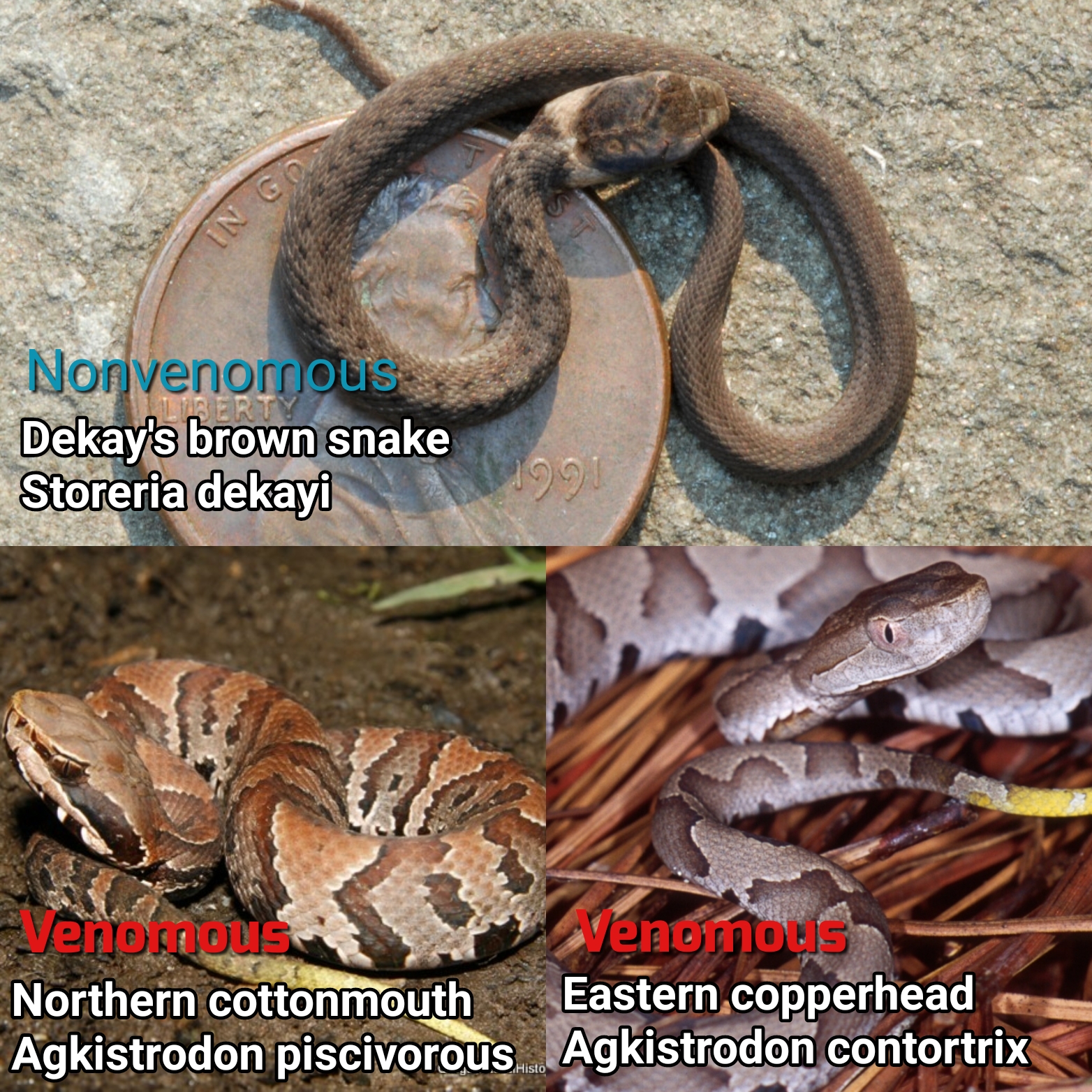

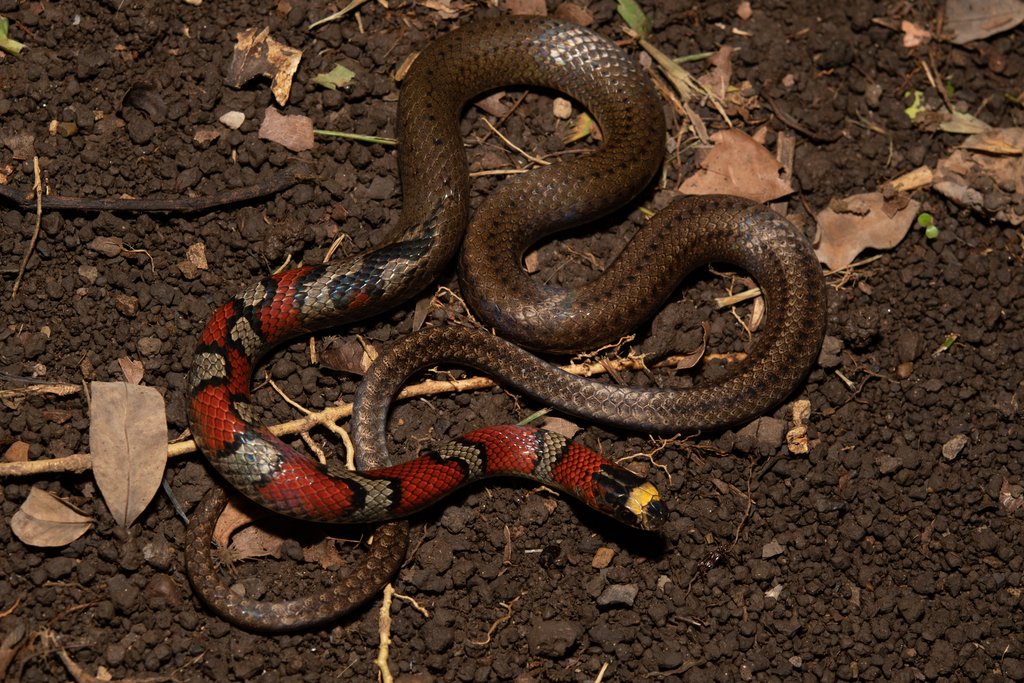
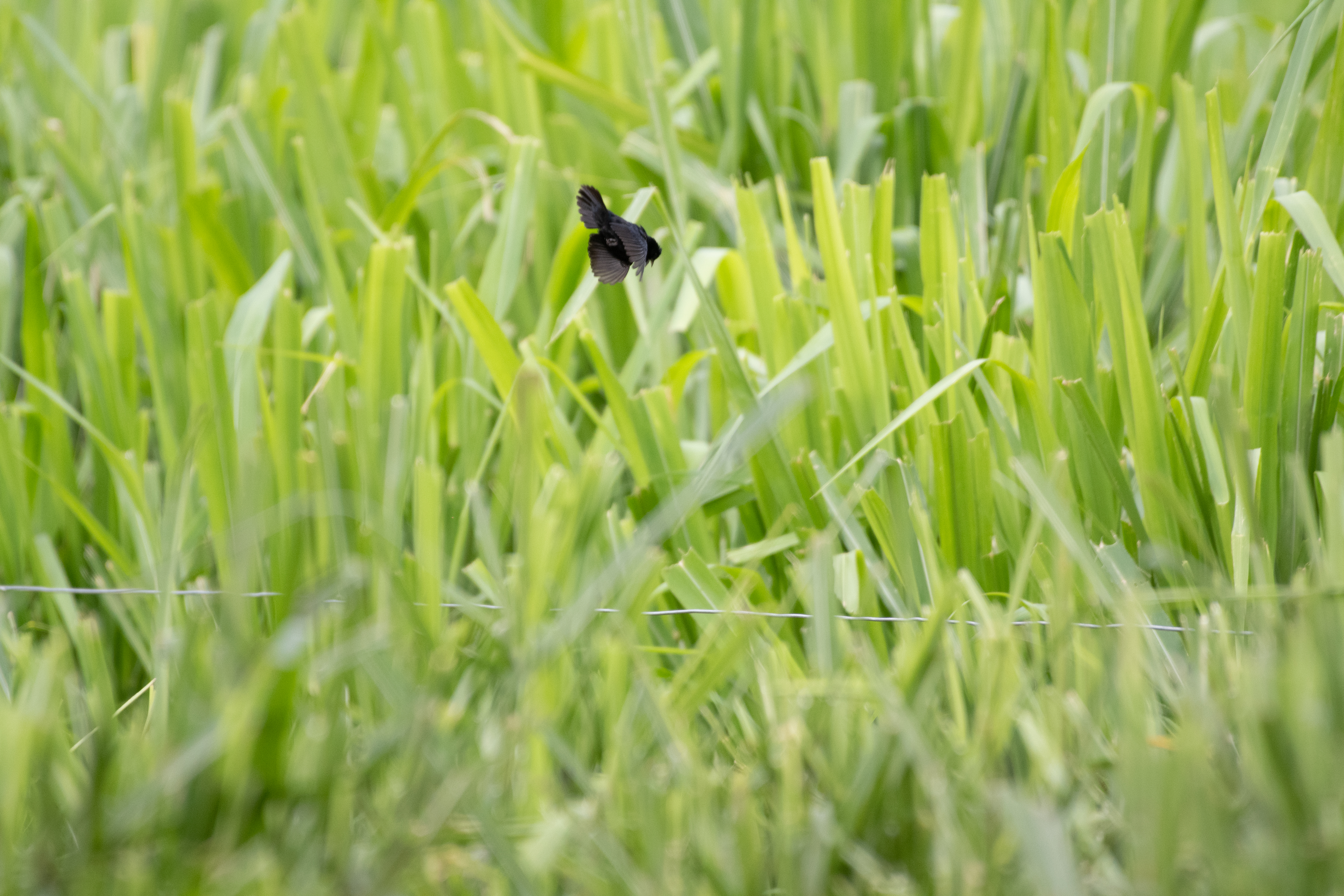
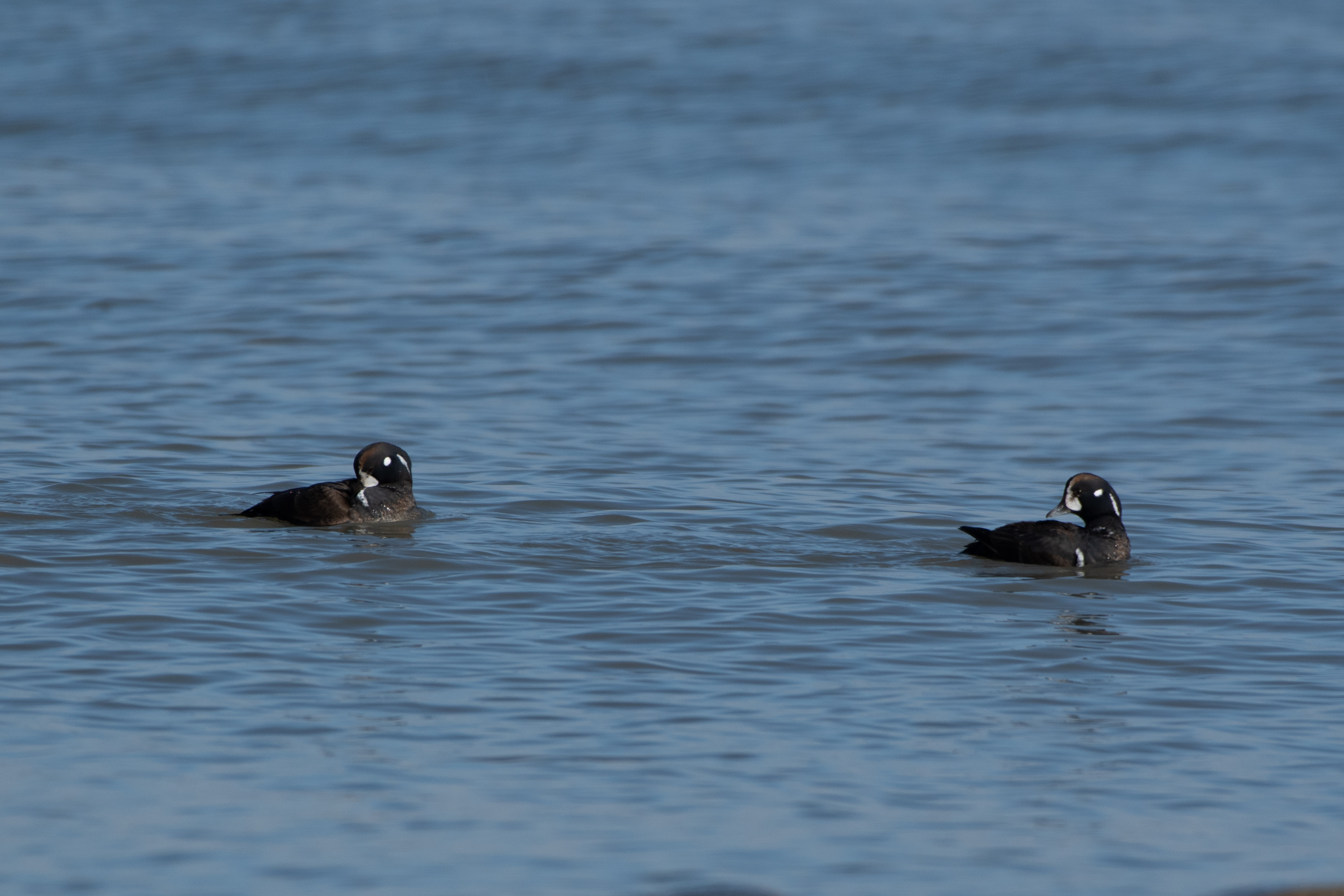

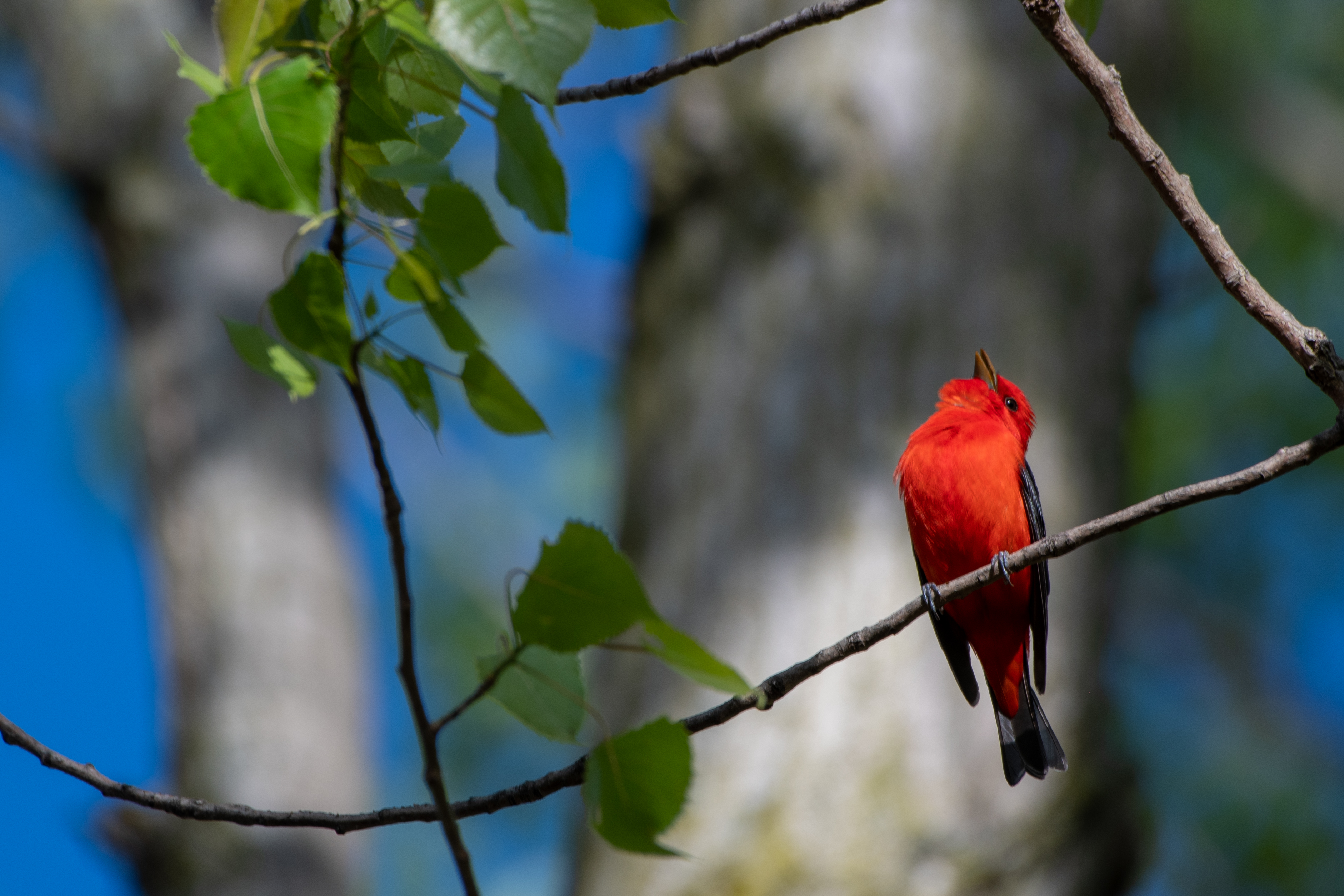
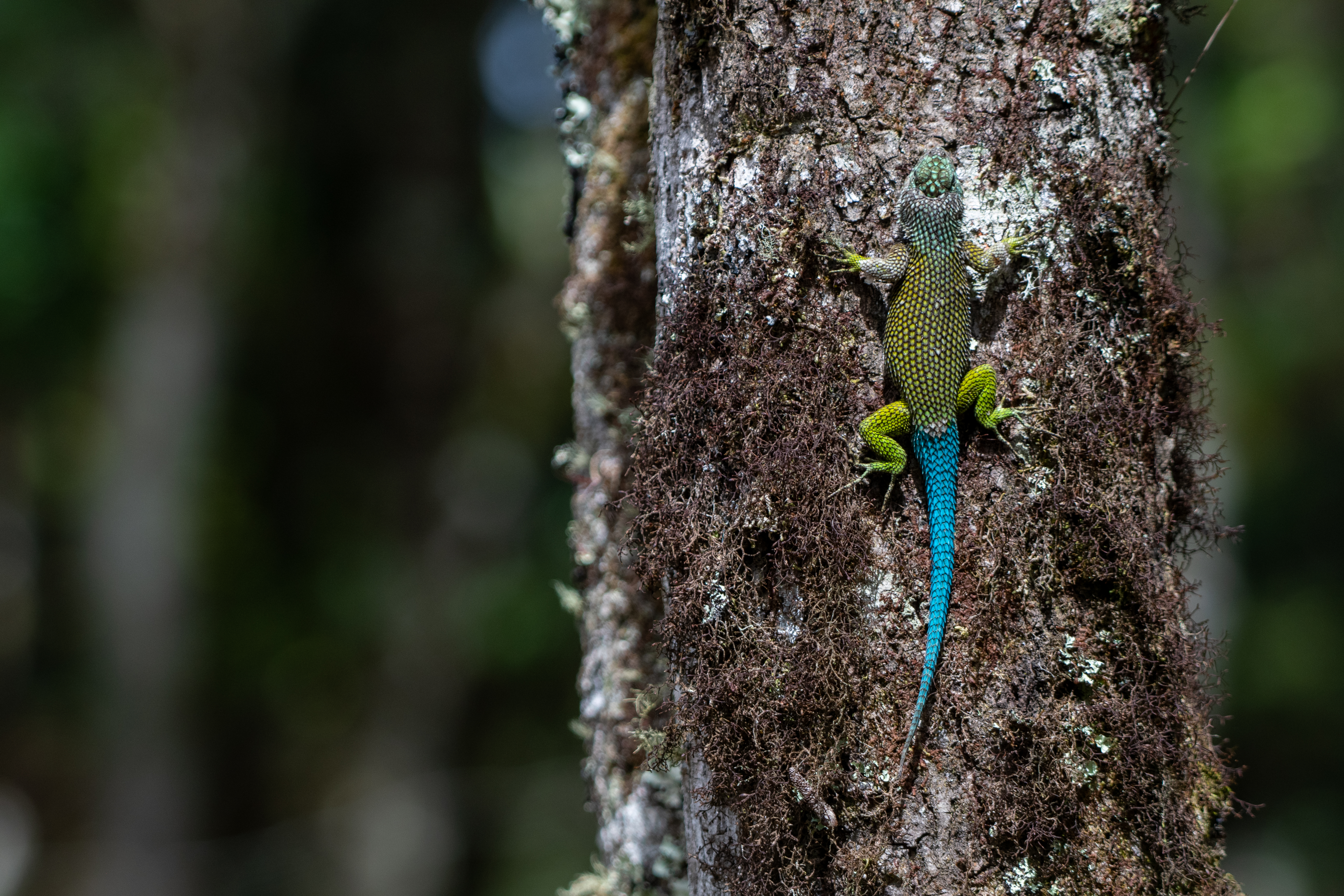


I wonder if this would work for my feeders, how clever! They're such a menace.